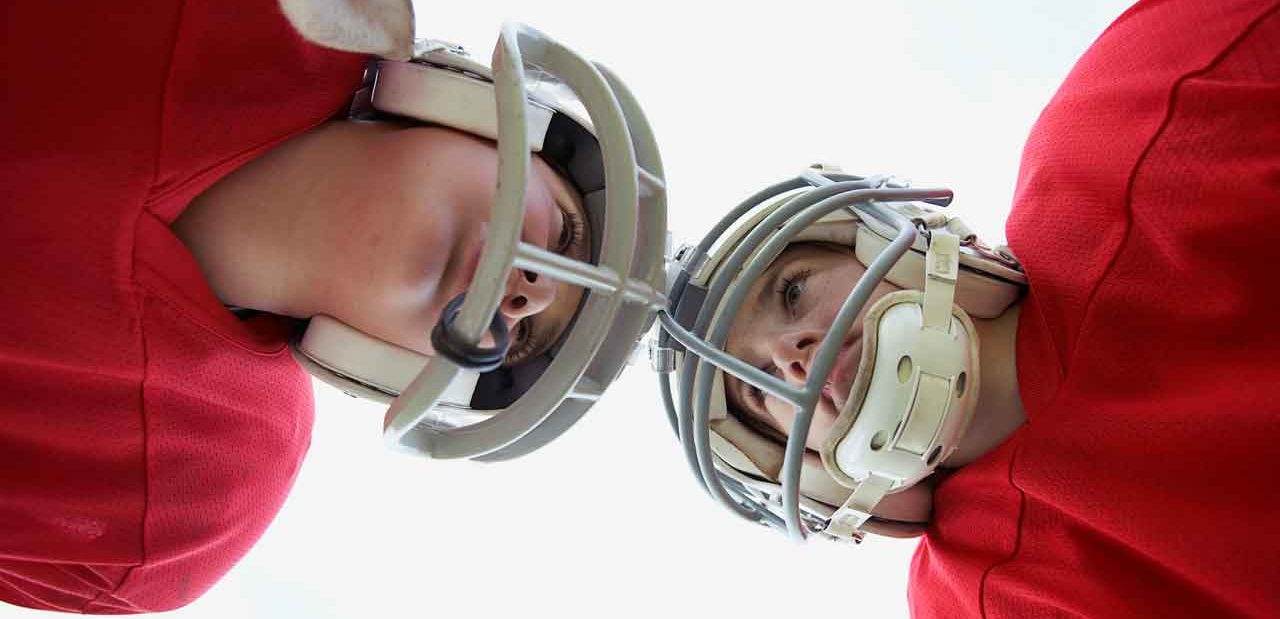Pediatricians Urge Improved Football Safety for Kids

Too many children and teens are being injured playing football — some seriously — because safety strategies are overlooked.
Football is one of the most popular sports for U.S. children and teens. Every year more than 1.1 million high school players and about 250,000 youth football players between the ages of 5 and 15 participate in the fast-paced contact sport — and not all of them play football safely.
While deaths on the football field are rare, young football players are at risk for a variety of injuries that can be serious, including damaged necks and backs, according to the American Academy of Pediatrics (AAP).
Fortunately, most football injuries, especially the most serious ones, can be prevented. To that end, the AAP issued a policy statement listing specific strategies to make football far safer for youngsters, especially when it comes to tackling.
YOU MIGHT ALSO LIKE: Protect Your Child Against Concussion
The AAP medical experts came up with their recommendations after reviewing scientific research on football injuries in children and teens. They found tackling or being tackled accounted for half of all football injuries among high school players, an age group that has more injuries than younger players.
No matter how old football players are, the studies revealed the parts of the body most often injured during football games are knees, ankles, hands, and the back. Injuries to the neck and head, including the brain trauma known as concussion, were far less common but could be severe. And these serious injuries were typically caused by the illegal “spear” tackling technique in which a player leads with his head.
The AAP policy statement urges football coaches to reduce the number of impacts to players' heads by teaching proper tackling techniques and having zero tolerance for illegal, head-first hits. Having skilled athletic trainers on the sidelines of football games who are available to help players can lower the risk of injuries, too, according to the AAP.
It’s important for players and parents to decide whether the benefits of playing outweigh the risks of possible injury, the AAP statement notes. The pediatrician group recommends expansion of non-tackling leagues so young athletes can choose to participate in football without tackling.
However, the AAP says it is a good idea to teach kids safe tackling techniques at a young age if they will likely play traditional football when they are older. Although tackling is a prime cause of injuries, prohibiting little kids from learning safe tackling puts them in more danger when they start playing “big kid” football in middle and high school. Without already being trained in safe tackling, they’ll have a higher risk of being injured when they and teammates are older, stronger, and bigger, according to the AAP.
"It's this paradox that makes it so important for leagues to teach proper tackling technique and skills to avoid and absorb tackles, even if no tackling occurs throughout the seasons," said pediatrician Greg Landry, MD, co-author of the policy statement and a member of the AAP Council on Sports Medicine and Fitness.
The AAP advises parents to help their children and teens have a safer experience playing football by making sure coaches do not allow dangerous tackling techniques. Youngsters should practice and play on a safe playing field that’s level and cleared of debris, equipment and other obstacles, too.
It’s also crucial your child’s team has an emergency plan in place, including first aid and emergency contact information, according to the AAP. All team members should receive a written copy of the plan each season, and parents should review it with their children.
For more information on preventing football injuries, visit the AAP’s Healthy Children football page.
YOU MIGHT ALSO LIKE: Chronic Traumatic Encephalopathy Is Real and Dangerous
Updated:
February 27, 2020
Reviewed By:
Janet O’Dell, RN